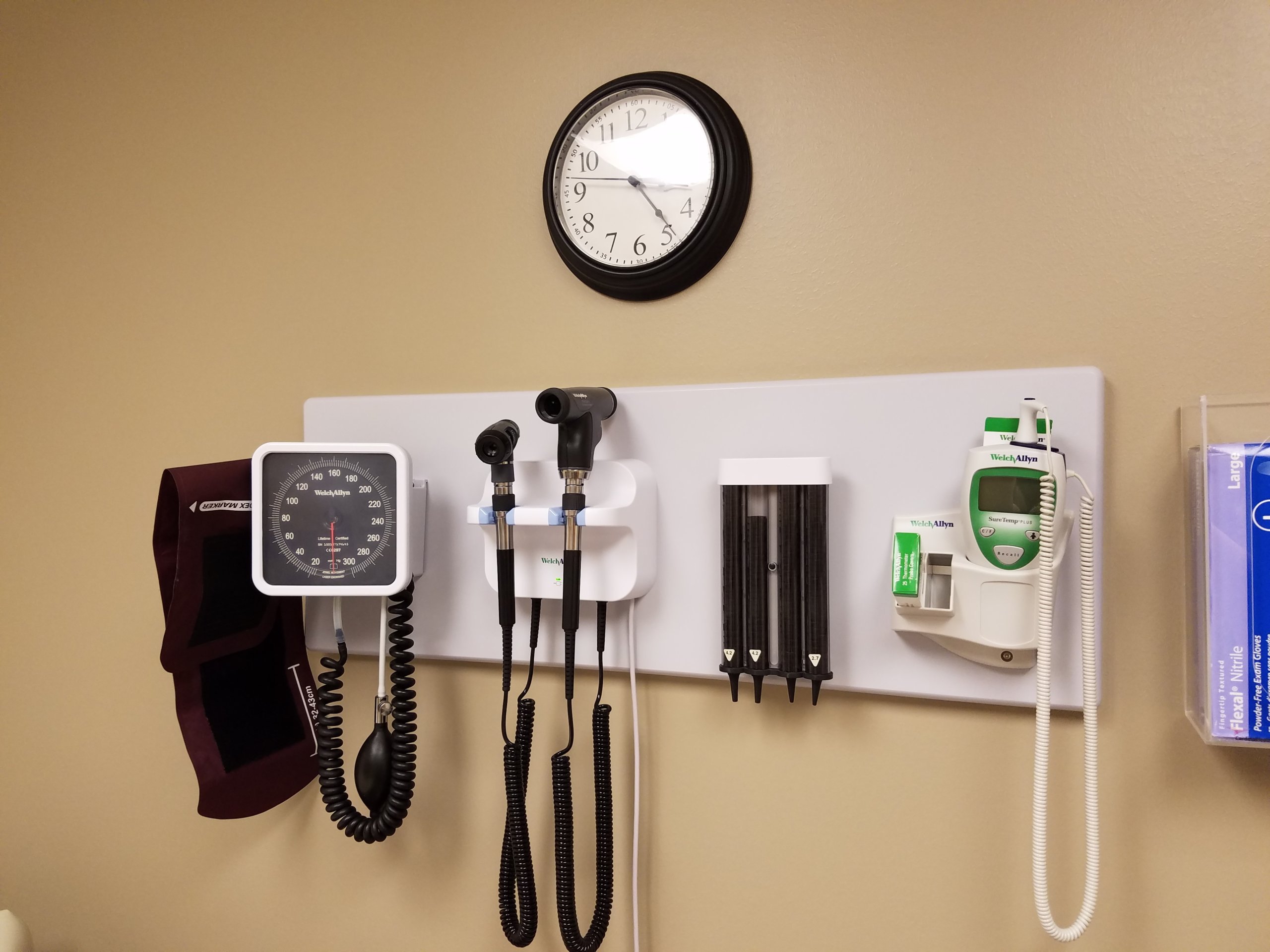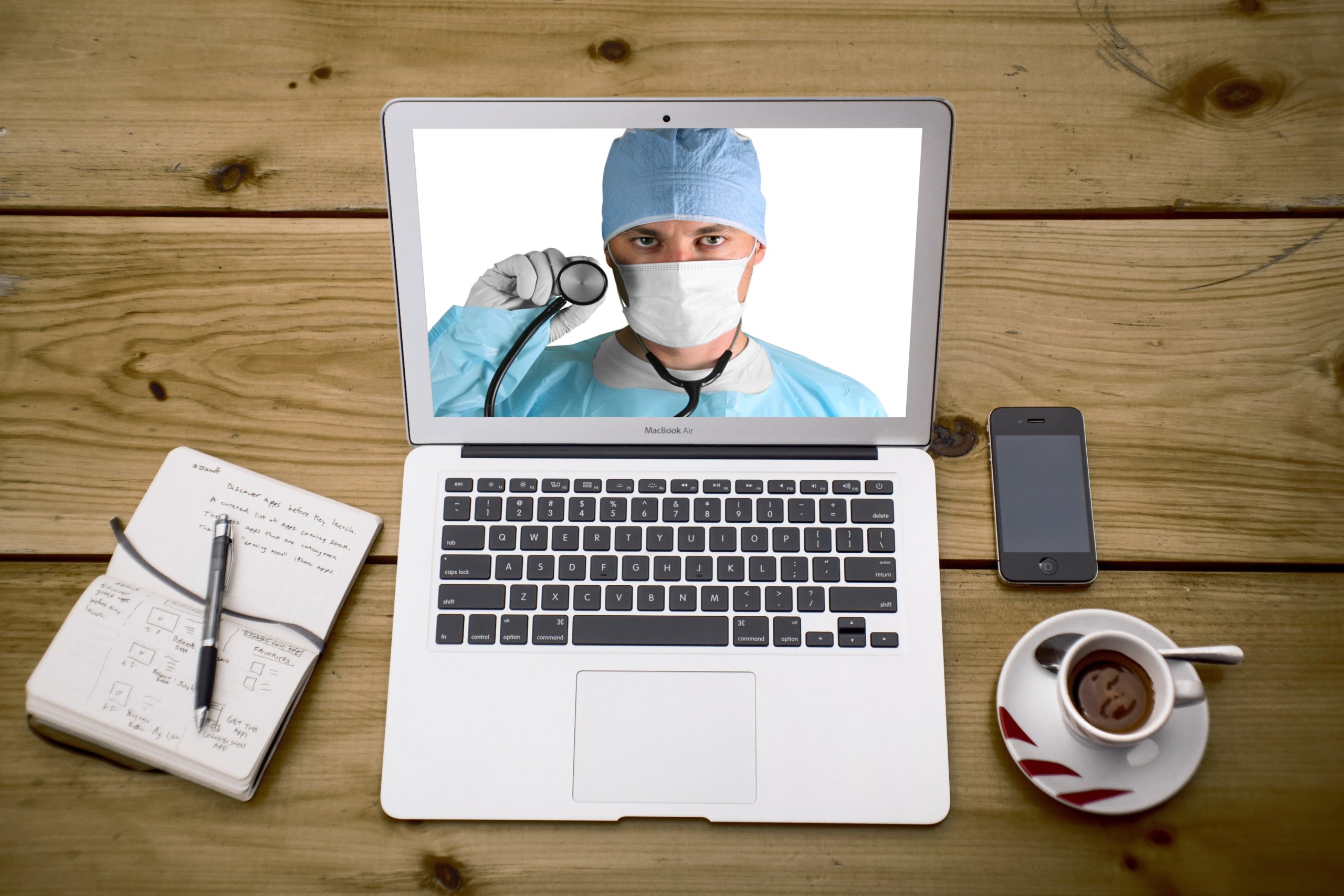
Healthcare is undergoing a radical digital transformation. Since it’s a field that affects all of us, it’s important to be aware of the trends that are disrupting this space. Let’s take a look at the 4 MedTech trends changing healthcare for the better in 2019.
1. Wearable Devices
While fitness and health apps are nothing new, they are still projected to grow in popularity this year and beyond. Why is this? Because wearable devices are taking the medical industry by storm.
More and more doctors are realizing the benefits that wearable technology offers. As a result, they’re employing them more to monitor patients. According to Accenture, 91% of healthcare providers are looking to make wearable-enabled patient monitoring a part of their preventive health initiatives.
There are already wearable apps that can check for cardiac irregularities, analyze health metrics and patterns, and even monitor infants’ vitals. But this is really just the beginning. Due to the surge in demand for medical wearable technologies, the FDA has launched a pre-certification program to expedite them to the marketplace.
2. Telehealth
Traditionally, getting sick meant a mandatory trip to the doctor’s office for treatment. Thanks to new telehealth paradigms like remote patient monitoring, this is no longer the case. Virtual appointments and video conferences are becoming a more popular alternative to in-person doctors visits, and it’s easy to see why.
Telehealth lets patients consult their healthcare providers from anywhere they want. So even if your doctor is in New York City and you’re in San Francisco, they’re just a call away. By now, you’re probably thinking, “This is certainly no substitute for an in-person check-up!” But telehealth check-ups carry more capabilities than you’d initially think.
With wearable devices, physicians and patients can complete simple tests and measurements together. And sometimes, it’s even possible to get real-time feedback from this and update treatment plans accordingly. Besides this, telehealth often saves considerable amounts of time and money when receiving care for non-emergency situations.

This is something that’s sorely needed in the United States. 60 million Americans live in rural areas. That’s 20% of the entire US population. For this group, it’s easy to see that a trip to the doctor is not so convenient.
And it only becomes more complicated when you consider another fact: 130 million Americans suffer from at least one chronic disease. This adds up to more than $2.5 trillion in costs each year. Patients with chronic illnesses often have to visit the doctor numerous times each month. By combining wearables and telehealth, these patients can save tons of time and money while doctors save more lives.
3. Data Privacy and Portability
With more components of healthcare going mobile, maintaining data privacy and HIPAA regulations is becoming more important than ever before. HIPAA laws mandate that electronic health records (EHRs) are kept private. In order to ensure this in the digital age, many medical facilities are stepping up their security measures to avoid any data breaches.
And data leakages are certainly nothing to take lightly; violating these HIPAA laws can result in penalties of hundreds of thousands or even millions of dollars. If you’re considering entering the MedTech space, consider employing features like voice or facial recognition to keep patient data on lockdown.
On the other side of the equation, there is also a need to make data exchange of EHRs more efficient. It’s no secret that there are some huge inefficiencies present when it comes to this. Not only are there numerous EHR systems, but they are kept isolated. This often makes the jobs of healthcare workers harder when they’re trying to retrieve vital information to understand and treat a patient’s malady.
Recently, our CEO met with the Office of the National Coordinator for Health Information Technology (ONC) to discuss possible pilot projects to improve data portability in health IT.
4. Artificial Intelligence
Artificial intelligence (AI) is a hot topic in any industry. But perhaps its greatest applications lie in the MedTech arena.
Data plays a paramount role in healthcare these days. Medical professionals rely on it to gain a better understanding of maladies, diagnostic trends, and potential solutions. AI could accelerate many of the day-to-day processes so that doctors could possibly diagnose issues earlier and address patient problems faster.
AI is also helping other medical stakeholders. Pharmaceutical scientists can better understand the medicine they are developing by making testing faster and more efficient. In turn, this leads to quicker market turnaround time. AI is also helping to boost the efficiency of medical staff by taking care of burdensome, monotonous tasks like data entry, coding, and scheduling.
With all of this being said, it’s no wonder that AI in healthcare is anticipated to grow to $6.6 billion by 2021.
Welcome to the Future of Healthcare
Wearable devices, telehealth, data exchange, and AI are all areas that MedTech developers should keep an eye on going forward. These four trends will play a central role in the healthcare industry as it continues to evolve into a more patient-centric field.

Which of these technologies are you most excited about? And which do you think will have the most impact on how we approach medical maladies? Let us know your thoughts in the comments!





